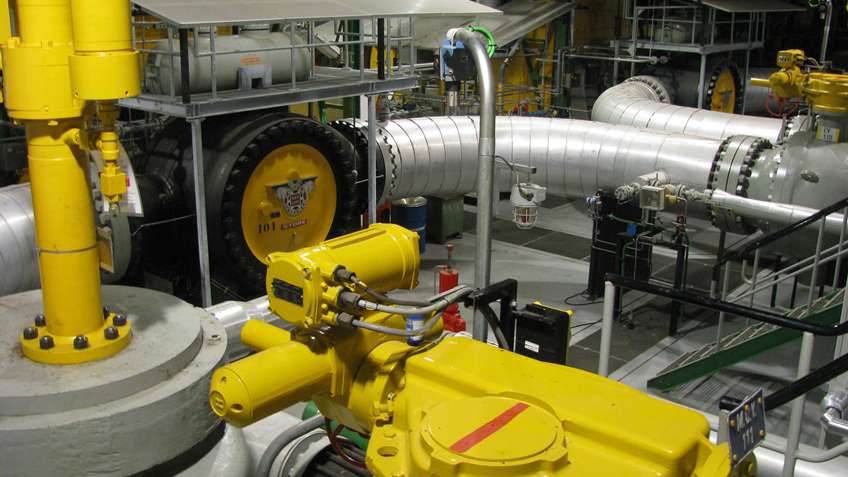Results
Thanks to the standardisation exercise and the resulting implementation of the Rockwell Automation-based solutions, Gasunie now deploys a range of integrated solutions all running on a single platform supplied by a single technology vendor. As well as delivering the all-important familiar look and feel across all UCPs, maintenance will be significantly easier and spares stocking will be much more streamlined and efficient. Bilfinger GreyLogix was also awarded a service contract by Gasunie, including i.a. maintenance services, spare part management and provision of detailed Allen-Bradley systems information. The integrated solution is far simpler to scale or expand, too – although the architecture is likely to remain fixed for years.
“We saw major benefits of the Allen-Bradley-based special instrumentation,” explains Klaus, “The system cost was much lower per channel than the cost of the black-box incumbent. The other solution also required more space in a cabinet with additional wiring. Using this solutions, Gasunie sees data regarding vibration directly in the HMI/PAC, meaning it is instantly useable. Data logging into a database in real-time also allows instant contextualization of data, delivering greater real-time accuracy and for historical comparisons.”
Klaus then adds his thoughts about the relationship between his team and the Rockwell Automation engineers: “Each and every colleague of mine who had contact with the Rockwell Automation engineers was very happy, we built a great relationship based on co-operation. It really was perfect!
“With the standard we now have created for Gasunie, based on Rockwell Automation solutions,” he concludes, “we are looking to exploit other markets. We are not only focused on one type of system, we have very wide expertise in many technologies, but this is a great foundation. The Allen-Bradley components helped us create an optimum solution, which will now form the basis of others in the future. Indeed, we are currently thinking about projects at power plants in northern Europe and we are bidding for other revamp projects and all these proposals will be prepared based on Rockwell Automation technology.”
Allen-Bradley, ControlLogix, Dynamix, Flex Ex, GuardLogix, Integrated Architecture, LISTEN. THINK. SOLVE., and Rockwell Automation are trademarks of Rockwell Automation, Inc.
ControlNet, DeviceNet and EtherNet/IP are trademarks of ODVA, Inc.
Trademarks not belonging to Rockwell Automation are property of their respective companies.

